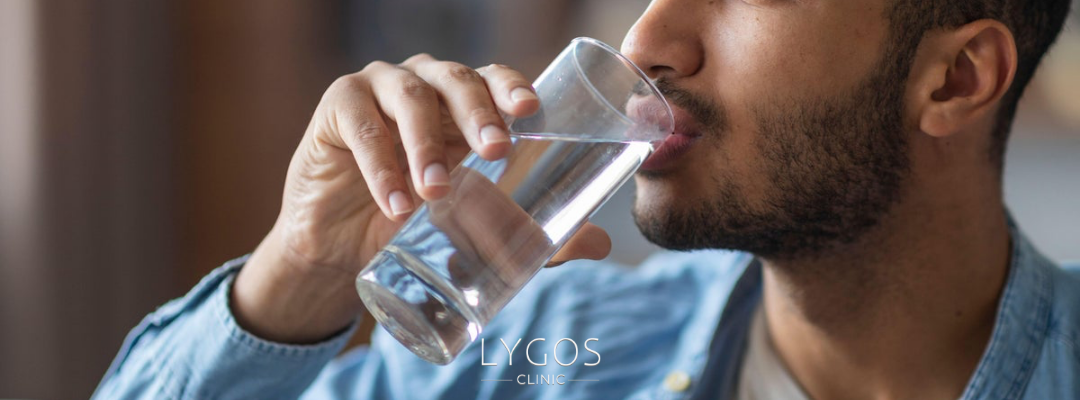Expectations During the Hair Transplant Recovery Period

Chose Your Topic
Expectations During the Hair Transplant Recovery Period
Hair transplantation offers a lasting and effective solution for individuals dealing with baldness and hair loss. However, to achieve successful results, it is essential to understand the expectations during the hair transplant recovery period. Patients should be aware of the changes they may experience and what kind of recovery process they will go through after the procedure. The hair transplant recovery period consists of several phases, and knowing what to expect can help patients feel more comfortable.

What to Expect in the First Few Days After Hair Transplant?
Regarding expectations during the hair transplant recovery period, redness, swelling, and mild pain in the scalp may be experienced in the first few days. This is a natural result of the surgical procedure and typically subsides within a few days. Keeping your head elevated for the first 24-48 hours and avoiding intense physical activities can help minimize discomfort and promote healing. Additionally, taking prescribed medications regularly and waiting for the recommended time before the first wash can positively impact expectations during the hair transplant recovery period.
- Keep your head elevated for the first 48 hours.
- Take the prescribed antibiotics regularly.
- Avoid alcohol and smoking.
- The first hair wash should be done according to your doctor's instructions.
- Protect your head from impacts.

Scabbing and Healing Process After Hair Transplant
One of the key stages of recovery is the scabbing process. Within the first week after the procedure, scabs will form on the scalp. These scabs are a part of the healing process in the transplanted area. These scabs typically fall off on their own within 10-15 days, revealing a healthy scalp. During this period, gently washing the scalp using the doctor-recommended shampoo and lotion is crucial for meeting expectations during the hair transplant recovery period.
- Follow the doctor's instructions for daily washing.
- Avoid rubbing the scalp harshly.
- Allow scabs to shed naturally; avoid picking or scratching them.
- Staying hydrated helps support a smooth recovery.
Is It Normal to Experience Itching and Sensitivity After Hair Transplant?
Among expectations during the hair transplant recovery period, one of the most common experiences is itching. Itching is a natural part of the healing process and usually occurs within the first few weeks after the procedure. During this period, avoiding scratching the scalp and using doctor-recommended soothing lotions are important aspects of expectations during the hair transplant recovery period. Sensitivity and mild tingling sensations are also normal during healing. However, if excessive itching, redness, or signs of infection appear, it is important to contact a doctor immediately.
When Do New Hairs Start to Grow After Hair Transplant?
One of the most frequently asked questions regarding expectations during the hair transplant recovery period is when new hairs will start to grow. The emergence of new hair after transplantation is a gradual process. Within the first few weeks, a phenomenon called shock loss may occur. This indicates that the transplanted hair follicles are adapting and preparing for healthy growth.
Typically, new hairs start to become noticeable from the third month onwards. After the sixth month, hair density increases, and by the end of one year, expectations during the hair transplant recovery period are generally met.
- Shock loss may occur within the first 1-3 weeks; do not worry.
- New hair growth generally begins around the third month.
- Hair density becomes more prominent after the sixth month.
- Be patient to see the final results in 12-18 months.

Tips to Speed Up the Hair Transplant Recovery Process
To accelerate expectations during the hair transplant recovery period and achieve optimal results, consider the following tips:
- Avoid strenuous physical activities in the first few weeks after surgery.
- Limit alcohol and smoking to support the healthy development of hair follicles.
- Maintain a balanced diet rich in protein, vitamins, and minerals.
- Keep your head elevated while sleeping to reduce swelling.
- Following prescribed medications and hair care instructions is essential for optimal healing.
- Protect your scalp from excessive sun exposure.
When Will You Start Seeing Results After Hair Transplant?
Patience is key when it comes to hair transplant recovery, as the full results take time to develop. Noticeable changes may not be seen in the first few months, but hair density becomes more evident after the sixth month. The final results usually appear at the end of one year. During this process, following the doctor’s recommendations and being patient will help achieve a healthy and natural hair appearance.
In conclusion, expectations during the hair transplant recovery period vary from person to person but generally follow a structured process. Being patient, adhering to the doctor’s instructions, and taking care of the scalp are the keys to a successful expectations during the hair transplant recovery period.
Expectations During the Hair Transplant Recovery Period Frequently Asked Questions (FAQ)
The recovery process after a hair transplant varies from person to person, but generally, healing starts within the first few weeks. New hair growth usually becomes noticeable from the third month onwards.
Since anesthesia is used during the procedure, you won't feel pain during the hair transplant. After the surgery, there may be mild pain, swelling, and tenderness, but these typically subside within a few days.
Yes, a phenomenon called "shock loss" may occur after a hair transplant. This is the process of the transplanted hair follicles adapting, and it is generally temporary.
After a hair transplant, you should gently wash your hair using the shampoo and lotion recommended by your doctor. You should also avoid any impact to the transplant area.


